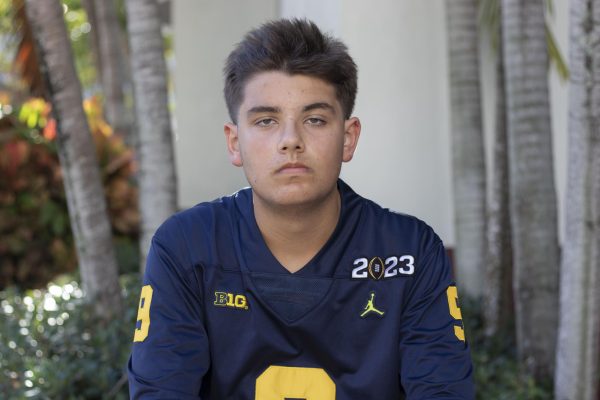Florida is no stranger to hurricanes. Florida’s coastal location makes it a prime target for these cyclonic storms. Once again, Florida became the direct target of hurricane Milton just two weeks after Hurricane Helene made landfall. Helene, a category four major hurricane, and Milton, greatly impacted the Florida school scheduling. On Oct. 9, Milton made landfall in Siesta Key, Florida, as a category three hurricane, sending an already affected Florida into a state of emergency.
On Sept. 27, Hurricane Helene made landfall near Perry, Florida. According to the National Environment Satellite, Helene made landfall with powerful winds reaching up to 140 miles per hour. Helene’s tropical storm-like conditions and cyclonic winds prompted closures of school districts, such as Broward County schools, on Sep. 26 and affected many hard-hit areas, like Sarasota and Tampa, which have yet to recover.
The aftermath of the hurricane caused power outages and damage to several cities such as the debris-ridden towns of Fort Myers and Siesta Key. The government responded by sending the national guard to help save victims and to distribute relief supplies to those affected.
Just two weeks after Hurricane Helene’s rampage, it was announced that category four Hurricane Milton was expected to make landfall in Florida.
Florida’s political leaders have once more taken action against the hurricane. On Saturday, Oct. 5, Florida Gov. Ron DeSantis declared a state of emergency in thirty-five counties across Florida following the damage inflicted by Hurricane Helene. On Sunday, Oct. 6, after Milton’s declaration as a hurricane, that number rose to fifty-one. In total 51 of Florida’s 67 counties were declared to be in a state of crisis.
School districts had already begun closures before Hurricane Milton had even arrived. The Palm Beach Post states that on Monday, Oct. 7, eight school districts announced that they will be suspending all school operations until further notice. On Wednesday, Oct. 9, seventeen of Florida’s school districts, including Broward County, stated that their school operations would be halted in response to Hurricane Milton’s threat, more than doubling the number of Monday’s school closures. These numbers eventually rose as more schools decided school closures were necessary.
Hurricane Milton formed as a category three hurricane in the Gulf of Mexico, and quickly intensified into a category four hurricane in just two hours. Following this, it then strengthened to a category five, before eventually dropping and making landfall as a category three. Areas of North and Central Florida have still not recovered from the devastation left by Hurricane Helene.
With maximum sustained winds projected to be 160 miles per hour with higher gusts, communities that have still just begun to rebuild after Helene had their devastation increased by a large margin. While Hurricane Milton did weaken prior to making landfall in Florida, it still did plenty of damage to the state. The destruction caused by Hurricane Milton has amounted to up to a hundred million dollars.
Milton’s destructive ways have also caused more dastardly things aside from school closures and the decimation of towns. The National Broadcasting Company reported life-threatening storm surges, tornado warnings and flash flood warnings, all of which turned 14 counties into mandatory evacuation zones. Three tornadoes spawned in St. Lucie County, Indian River County and Martin County, taking at least 14 lives in the process. Aside from the lives lost, Milton left three million people without power.
Florida has experienced many major hurricanes in its time, and Hurricane Milton is no exception. In what has been one of the most powerful hurricanes to ever hit Florida, Milton, like Helene, has closed schools and destroyed communities.



